Taking the Guesswork out of Navigating Tropical Cyclones
Monday, October 2, 2017
|
Monday, October 2, 2017
|
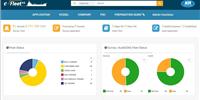
KR has released two digital platforms, KR-DAON (Digital Application Online Network) and Nexawave, alongside the launch of its enhanced fleet management system, KR e-Fleet V3.The KR e-Fleet V3, an upgraded version of the existing fleet management system

SONARAY, manufacturer of lighting products used in marine applications, has introduced its new line of LED flood lighting marketed as the Velocity series.The Velocity Flood Light Series joins the company's high-powered flood light offering and brings contemporary looks along with a choice of
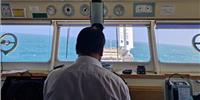
Finland-headquartered maritime tech company Groke Technologies (Groke) is working with BAR Technolgoes (BARTech) design and develop of situational awareness systems for the U.K. marine engineering consultancy’s WindWings wind propulsion technology.
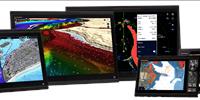
Marine electronics manufacturer Furuno introduced the NavNet TZtouchXL series, a suite of Multi Function Displays (MFDs) designed to meet the requirements of workboat operators, including ferries and tugboats.
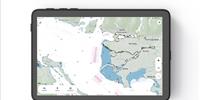
Norwegian marine tech startup Orca announced the expansion of its chart coverage in North America, to cover the Canadian coastline and the Great Lakes.The Canadian updates to the chart coverage will be available to all Orca app users
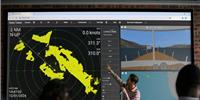
U.K.-based Cambridge Pixel has unveiled a new software package to aid in the instruction and learning of the proper usage of maritime radars.SPx Radar Trainer is designed to make it easier for students to familiarize themselves with radar controls by providing a modern simulation of a typical